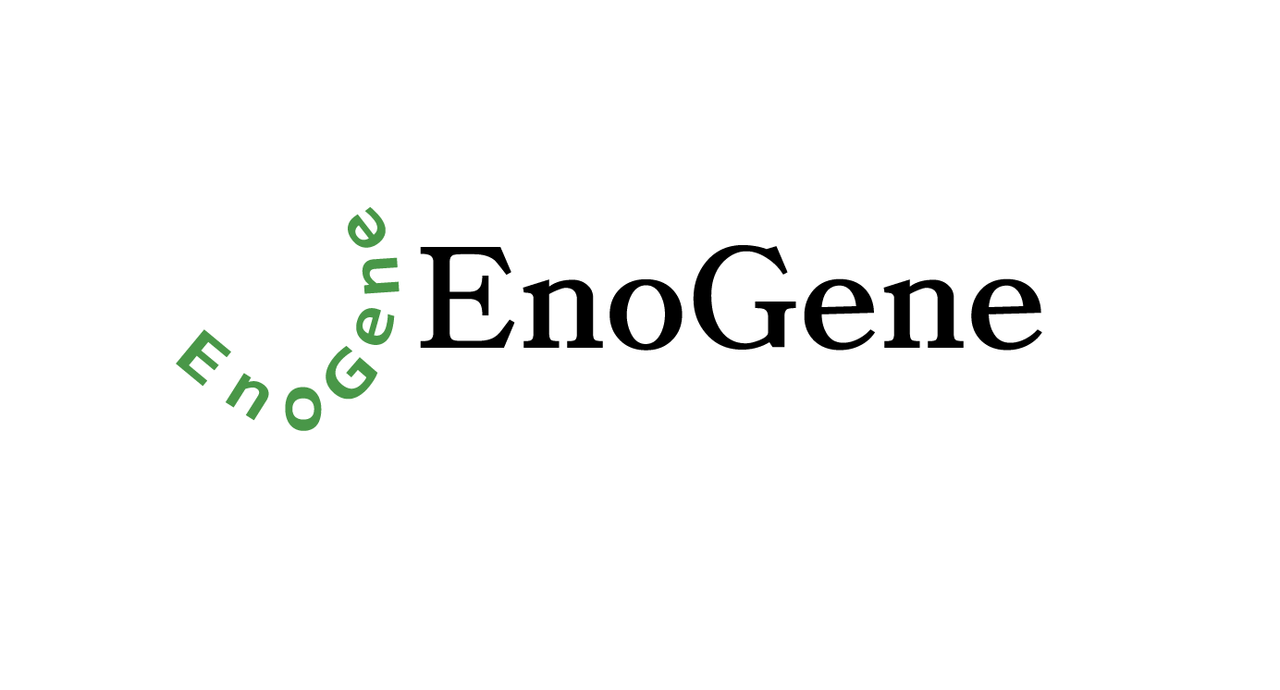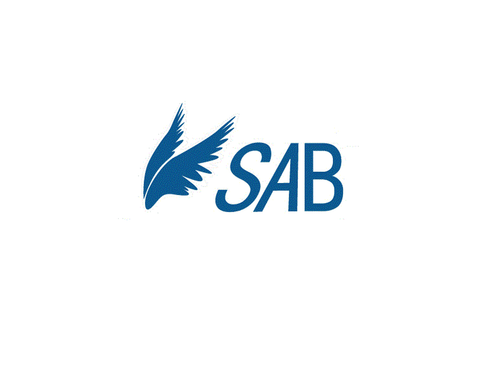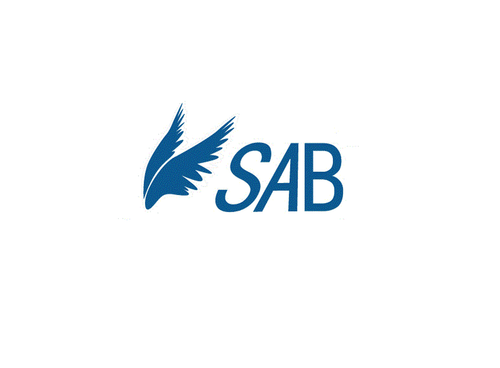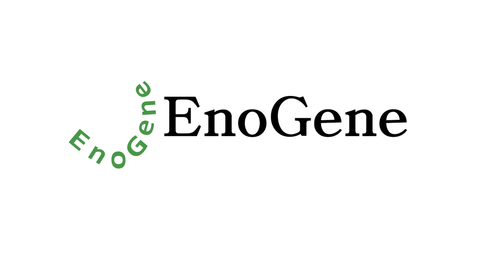Product Description
Interleukin-4 Receptor Subunit Alpha/IL-4 Rα (Fc fusion) | E21-S38 | EnoGene
Short Description: Recombinant Human Interleukin-4 Receptor Subunit Alpha is produced by our Mammalian expression system and the target gene encoding Met26-Gln231 is expressed with a Fc tag at the C-terminus.
Shipping: Ambient
Formulation: Lyophilized from a 0.2 μm filtered solution of PBS, pH7.4.
Storage: Lyophilized protein should be stored at < -20°C, though stable at room temperature for 3 weeks.
Reconstituted protein solution can be stored at 4-7°C for 2-7 days.
Aliquots of reconstituted samples are stable at < -20°C for 3 months.
Reconstitution: Always centrifuge tubes before opening. Do not mix by vortex or pipetting.
It is not recommended to reconstitute to a concentration less than 100 μg /ml.
Dissolve the lyophilized protein in ddH2O.
Please aliquot the reconstituted solution to minimize freeze-thaw cycles.
Purity: Greater than 95% as determined by reducing SDS-PAGE.
Endotoxin: Less than 0.1 ng/µg (1 IEU/µg) as determined by LAL test.
Background: Interleukin 4 Receptor alpha (IL4-Ra) is a widely expressed 140 kDa transmembrane glycoprotein in the class I cytokine receptor family. Mature human IL4-Ra consists of a 207 amino acid (aa) extracellular domain (ECD) that contains a cytokine binding region and one fibronectin type III domain, a 24 aa transmembrane segment, and a 569 aa cytoplasmic domain that contains one Box 1 motif and one ITIM motif. IL4-Ra plays an important role in Th2-biased immune responses, alternative macrophage activation, mucosal immunity, allergic inflammation, tumor progression, and atherogenesis. Soluble forms of IL4-Ra, generated by alternate splicing or proteolysis, retain ligand binding properties and inhibit IL-4 bioactivity. IL4-Ra is a component of two distinct receptor complexes and shows species selectivity between human and mouse. It can associate with the common gamma chain (γc) to form the IL-4 responsive type I receptor in which γc increases the affinity for IL-4 and enables signaling. It can alternatively associate with IL13-Ra1 to form the type II receptor which is responsive to both IL-4 and IL-13. The use of shared receptor components contributes to the overlapping biological effects of IL-4 and IL-13 as well as other cytokines that utilize γc.
Species: Human
Expression System: Human cells
 Euro
Euro
 USD
USD
 British Pound
British Pound
 NULL
NULL












